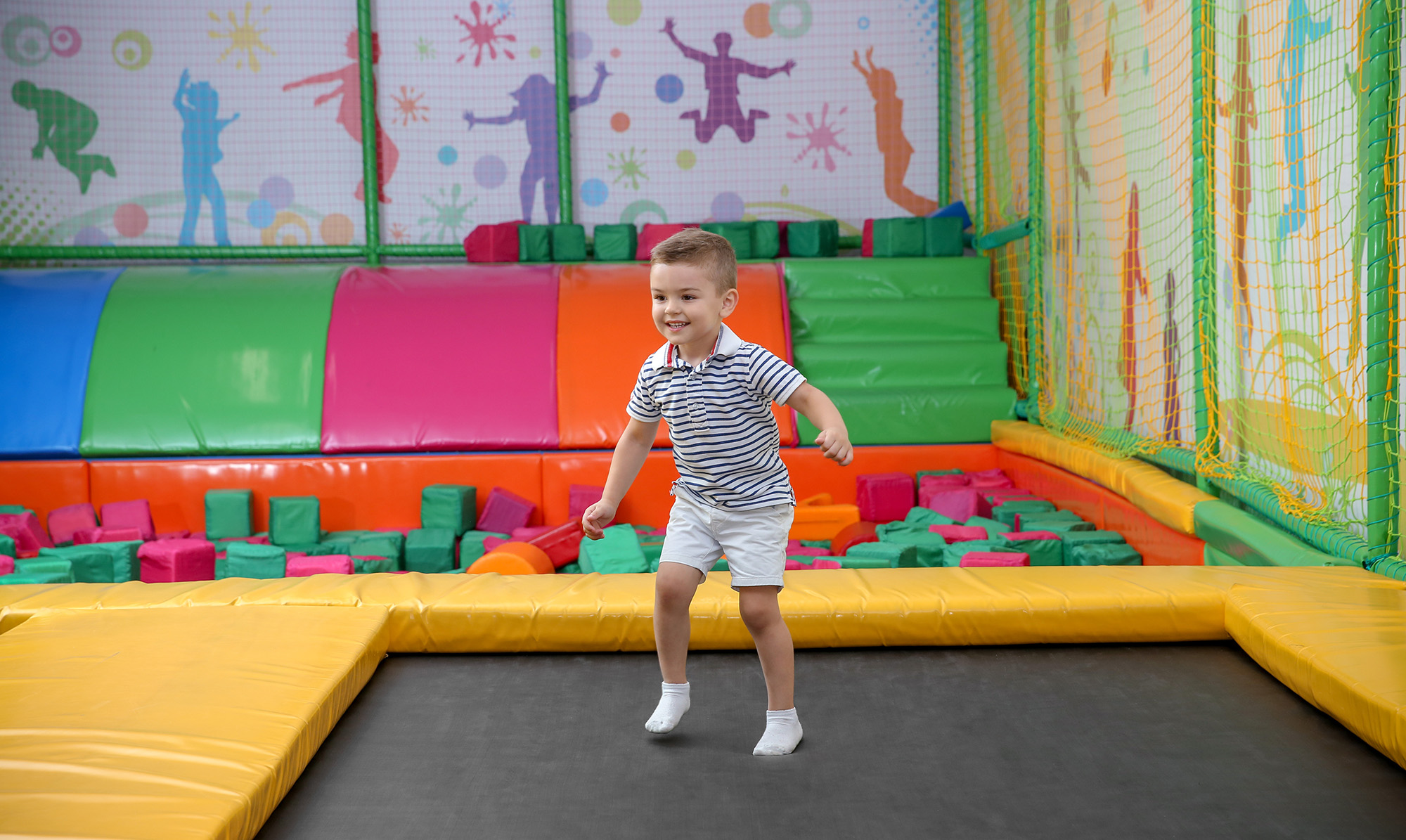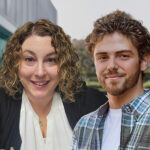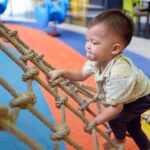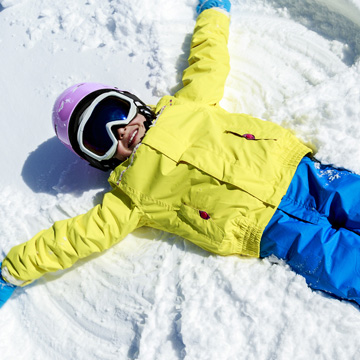November 25, 2025
5 Sensory-Friendly Activities Close to Waldorf, MD, for Kids on the Autism Spectrum
FEATURED POSTS
September 30, 2025
Finding activities that work for kids with autism isn’t always easy. Many children on the autism spectrum experience sensory sensitivities, meaning certain sounds, lights, textures, or crowded spaces can feel overwhelming. That’s where sensory-friendly activities come in.
Maryland has a variety of inclusive spaces that accommodate sensory needs. From nature preserves to indoor play spaces, Waldorf offers opportunities for families looking for low-stimulation, welcoming environments.
For families on the autism spectrum, “sensory-friendly” means places with quieter settings, softer lighting, and predictable experiences. These thoughtful adjustments can help kids feel calmer and allow them to enjoy activities without stress.
Sensory-friendly spaces also provide relief for families, offering a sense of connection and support within the community.
Here are five sensory-friendly activities in Waldorf that you and your family can try.
1. Explore the Nature Trails at Cedarville State Forest
Cedarville State Forest is a great spot for kids who love quiet, outdoor spaces. The park features gentle walking trails, picnic areas, and peaceful surroundings. The sounds of birds and rustling leaves create a calming atmosphere for sensory-sensitive children.
Bring binoculars for birdwatching, or take a nature walk at your own pace. The slower, predictable environment makes it an excellent choice for kids who may find more structured activities overwhelming.
Tip for Families: Visit on weekdays or early mornings to avoid crowds. Pack water, sunscreen, and comfortable walking shoes.
2. Visit the Waldorf West Library Sensory Room
The Charles County Public Library’s Waldorf West branch offers a dedicated sensory room designed for children with autism and other sensory needs. The space includes soft lighting, tactile objects, and interactive activities that promote relaxation and engagement.
The library also hosts sensory story times where kids can enjoy books and activities in a welcoming, low-stimulation setting.
Tip for Families: Check with the library staff about sensory-friendly events or times when the room is less crowded.
3. Play at My Gym Waldorf
My Gym Waldorf offers special sensory-friendly play sessions where kids can enjoy structured and free-play activities tailored to their needs. With soft play equipment, obstacle courses, and gentle music, children can participate at their own comfort level.
These sessions provide a safe, understanding environment where kids can engage in physical activity without feeling overwhelmed.
Tip for Families: Call ahead to confirm sensory-friendly play hours and reserve a spot. Bring comfortable clothes and water.
4. Jump at Sky Zone Trampoline Park Sensory Hours
Sky Zone, 3 miles away in nearby White Plains, offers special sensory hours where the music is turned down, flashing lights are off, and the atmosphere is more relaxed. Kids can jump, climb, and play in a controlled environment designed for those with sensory sensitivities. Staff members are trained to accommodate different sensory needs.
Tip for Families: Check the schedule in advance, as sensory hours typically occur on specific days. Arrive early to get familiar with the space before jumping in.
5. Take a Drive to We Rock the Spectrum
If you are willing to take a bit of a drive, We Rock the Spectrum could fill a day. It’s about 58 miles from Waldorf in Gaithersburg. Here,’ you’ll find an inclusive indoor gym specifically designed for children of all abilities. The facility features swings, crash mats, a calming room, and sensory-friendly equipment that helps kids develop motor skills while having fun in a safe and supportive space.
It’s a great option for families looking for an indoor play area that caters to children on the spectrum.
Tip for Families: Visit during non-peak hours for a quieter experience. The gym also offers open play times and private sessions.
Check out our LEARN Behavioral blog on 5 simple play ideas for more sensory-friendly ideas.
Looking for additional support for your child in Waldorf, MD? At SPARKS, we use science and data to deliver contemporary applied behavior analysis (ABA) therapy, tailored exclusively to your child’s unique needs, behavior, and personality. Learn more about our services in the Waldorf area and contact us today!








